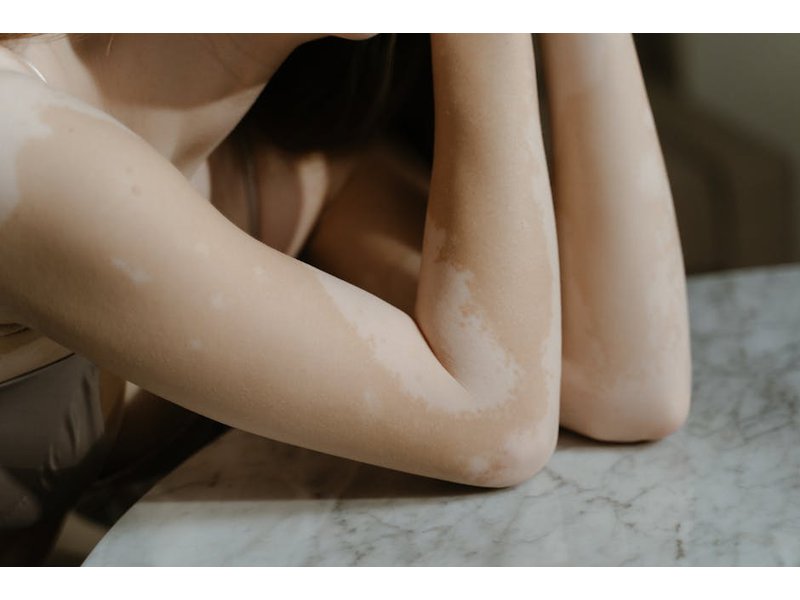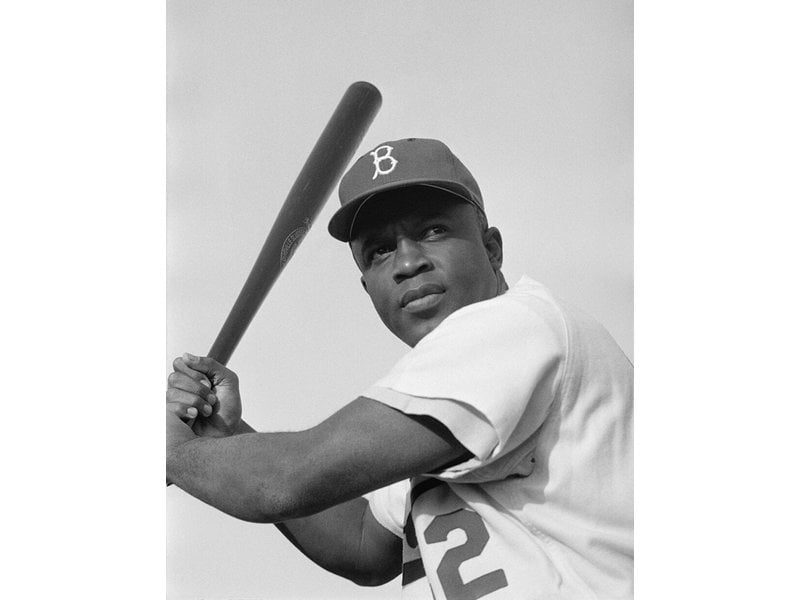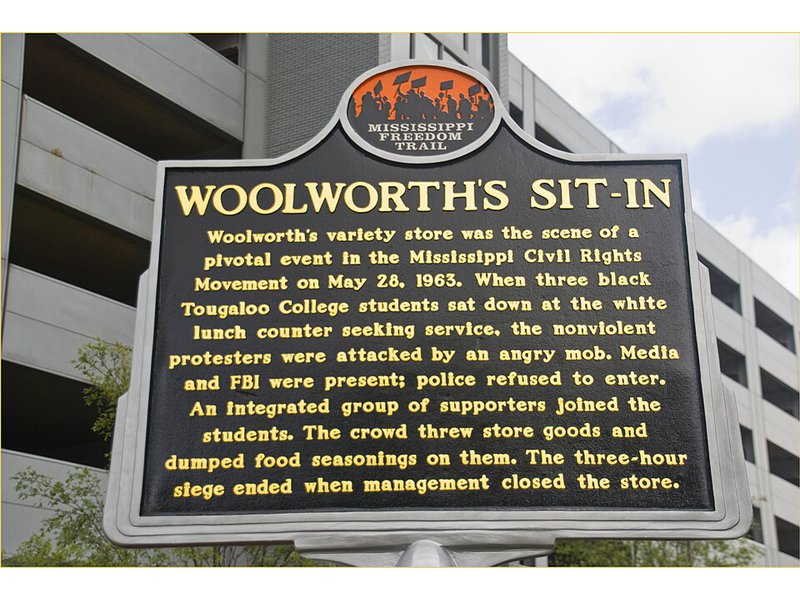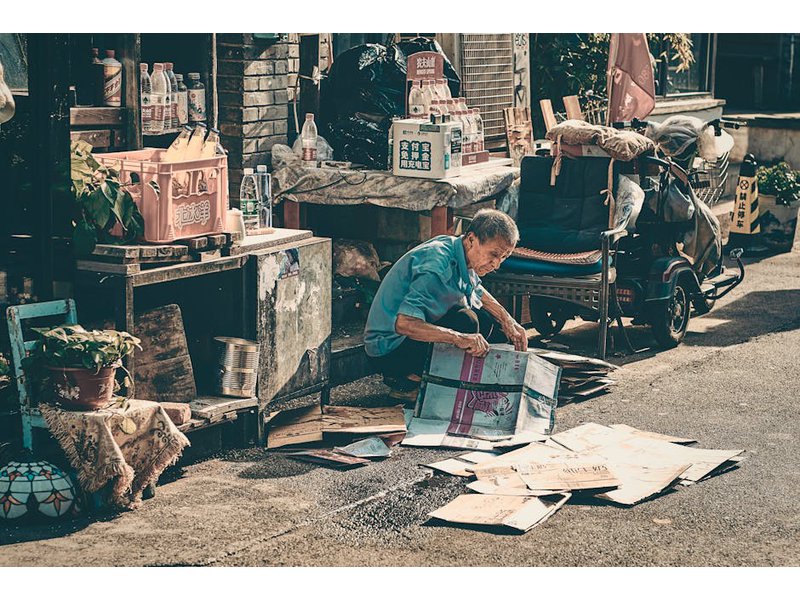131 refusal to accept appointed officials

"The political unit over which an official has been appointed to serve may on occasion refuse to accept the appointee. In the example to follow the appointee was persuaded to depart promptly, but in cases where this does not happen, this method would involve refusal to recognize the appointee in his official role and noncooperation with him if he attempts to carry out his duties."...
Potentially problematic matches
High scoring campaigns using this method
Historical cases from the Nonviolent Action Database that used this method
Ukrainian students hunger strike and protest against government, 1990
Dissatisfied with lack of democracy and the Soviet Union’s influence on their country, Ukrainian university students in L'viv established the Student Brotherhood in March of 1989. In December students in the capital city of Kiev formed the Ukrainian ...
Argentinian students force university reforms, 1918
Increased prosperity and the expansion of electoral rights at the turn of the century in Argentina precipitated significant growth in the middle class, a population shift with the majority now living in urban centers, and broader enrollment in univer...
Armenians protest for resignation of Prime Minister Serzh Sargsyan, 2018
Since gaining independence from the Soviet Union in 1991, Armenia has spent almost two decades as a quasi-authoritarian state with the ruling Republican Party controlling most of its political, economic, and social institutions. Serzh Sargsyan became...
Tunisians overthrow dictator and demand political and economic reform (Jasmine Revolution), 2010-2011
Over the past several decades, high unemployment, high food prices, and widespread poverty have characterized much of Tunisia. Government corruption and a paucity of political freedoms have also painted its landscape, making it exceedingly difficult ...
South Korean students force dictator to resign, new elections, 1960
In South Korea, President Rhee Syngman of the Liberal Party won the March 1960 election with 88.7% of the votes. This implausible result was the result of election fraud: the day of the election the Liberal Party had stuffed ballots, switched ballots...
Serbians win reinstatement of elected opposition members, 1996-1997
The 1996-1997 protests in Serbia were an important step forward in the expressing the voice of the Serbian people and laid the groundwork for a broad, popular nonviolent movement that would eventually lead to the overthrow of longtime Serbian dictato...
Bulgarians force further democratic reforms, 1997
In 1989, Bulgaria was part of the "wave" of nonviolent revolts against domination by the Soviet Union and its Communist-led governments in Eastern Europe (see Bulgarians campaign for democratic reforms and multi-party rule, 1989-90).\n\nNormal.dotm 0...
Chinese workers at golf equipment factory strike for benefits and union representation, 2014
As of 2014, about 168 million rural migrant workers traveled annually to China’s cities. This significant portion of China’s workforce consists of workers leaving rural areas to find employment in cities in other provinces in order to send wages to f...
Lithuanians campaign for national independence, 1988-1991
Russia first occupied Lithuania and introduced a program of “Russification,” an attempt to eliminate Lithuanian language and culture in favor of Russian culture, in the mid-19th century. After 22 years of independence from Russia, the Molotov-Ribbent...
Hungarians campaign for independence from Austrian Empire, 1859-1867
In the 1840’s there were high tensions between Hungary and the Austrian Empire. Hungary, a part of the larger Austrian Empire, was characterized by nationalistic fervor and that feeling erupted in a violent insurgency in 1848. Franz Josef, the empero...
Low scoring campaigns using this method
Historical cases from the Nonviolent Action Database that used this method
Belarusian citizens protest presidential election, 2006
On 19 March 2006, Belarus’ President Alexander Lukashenko won his third term in office. The citizens of Belarus, however, did not meet the announcement of Lukashenko’s 82.6% majority win with cheers. Rather, immediately after the Sunday election, opp...
Moldovan citizens campaign for new elections, 2009
The Party of Communists of the Republic of Moldova (PCRM) came to power in 2001. Since 2003 some Moldovans were in conflict with the government with regard to issues such as national identity and foreign policy. Many Moldovans still identified as Rom...
South African blacks boycott apartheid in Port Elizabeth, 1985-86
Apartheid, the legalized segregation of blacks – and other people of color – and whites, was actively employed in South Africa. Black South Africans experienced discrimination in facilities, workplaces, educational institutions, medical care, and pub...





